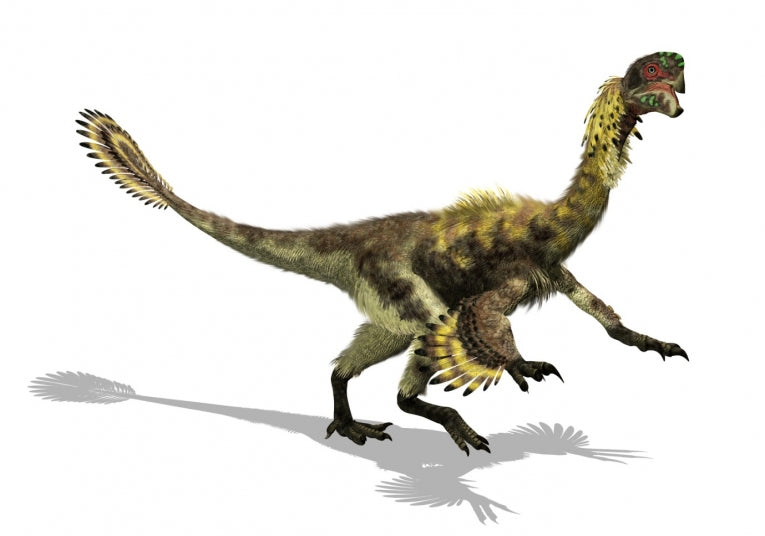It could have been the beak that names this theropod dinosaur Bonapartenykus ultimus, but in fact it's a palaeontologist who discovered the fascinating fossil in 1991 during an expedition to Patagonia. The new genus closely resembles Patagonykus, which is a simple animal compared to other bird-like theropods but nevertheless survived till the late Cretaceous, 70 million years ago in Patagonia.
The eggs found with the post-cranial skeletal parts of a female have unique shell structure and could have contained developed embryos, though none have remained preserved. She could even been hatching her eggs when she met her maker.
A new egg classification has been necessary to encompass the new discovery and, perhaps more relevant, a fungal contamination in the shell is the first ever found. The group of Alvarezaurid dinosaurs are found increasingly throughout the old southern continent of Gondwana, in present-day Asia and North and South America.

Bonapartenykus ultimus egg fossil; Credit: Fernando Novas
The skull is very bird-like although the jaws still have tiny teeth. The forelimbs are short but robust, with long digits and a very large claw. Feathers are thought to have covered the head, neck, tail and forelimbs.
Uppsala University lecturer, Martin Kundrat collaborated with Argentine scientists, Fernando Novas, F. Agnolin and J. Powell from the Museo Argentino de Ciencias Naturales. They found the intriguing fossil and eggs in northern Patagonia in Campanian-Maastrichtian strata.
More of these Gondwana fossils can be expected, although a Laurasian branch of the theropods has far more radiation of sub-groups than in this southern continent (the Alvarezaurids).

Artist's impression of the 'turkey-like' Bonapartenykus ultimus; Credit: Gabriel Lio
The full report has been published in the journal Cretaceous Research.










